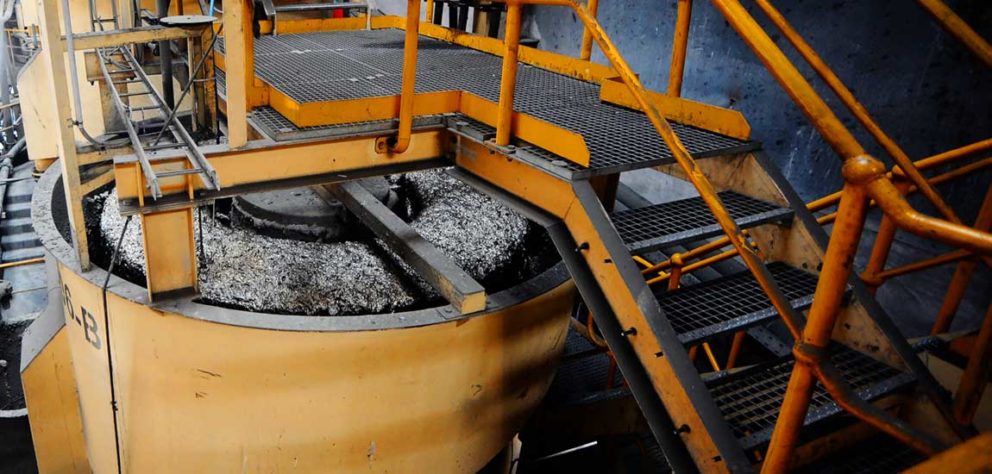Dealing With Scat in Mill Processing

Have you ever wondered where the mining term "scat" comes from? It comes from the term for animal droppings which in science are known as animal scat.
In a mining plant or processing mill, they have a big grinding circuit for crushing raw material, these are usually Ball or SAG mills. Inside these Sag/Ball mill are big steel balls that grind ore via an impact process. In simple terms, these hard metal steel balls get to the top of the rotating chamber and fall down crushing the ore being processed. It grinds it up into a compound to make processing easier. You'll find a similar process in sugar cane mills.
These steel balls can be 100mm or more in diameter initially. Over a period of time, they wear down. They get smaller and smaller. Eventually, they get down to a size where they no longer work efficiently; hence they are screened to waste & disposed of. Hence the reason why they're called mill scats.
These waste steel balls are very, very difficult to deal with when they come into sumps. They are like hard steel marbles, and they're pretty brutal on pumps. That's why we developed the ScatPump®, which is built specifically to handle mill scat.
The ScatPump®’s agitator will keep particles suspended in the slurry while large, 30mm holes in the strainer allow virtually all of the solids to pass through.
The pumping components of the ScatPump®, notably the agitator, impeller and wear plate, are constructed of high-chrome iron, meaning the ScatPump® is designed to be a solid workhorse in any condition.
If you are operating a processing mill and metal scats are giving you grief by destroying your incumbent pumps you might want to check out the ScatPump.
Give Us Your Worst Pump In Your Worst Sump
Why not give PumpEng the opportunity to solve your worst pump problem? PumpEng combines a continuous improvement methodology, The PumpEng Way, with a practical and affordable hire program. You can test out PumpEng pump toughness, and we'll work with you to ensure you are using the right pump for the job.
